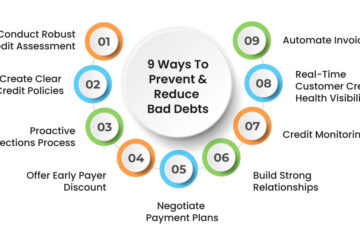Employee engagement is a key driver of productivity, retention, and overall business success. However, many HR and People Ops teams struggle to align engagement initiatives with company goals in a measurable way. Objectives and Key Results (OKRs) offer a powerful framework to set clear goals, track progress, and enhance employee engagement effectively.
Why OKRs Matter for Employee Engagement
OKRs provide a structured approach to goal setting, ensuring that employee engagement efforts are aligned with broader business objectives. By defining ambitious yet achievable objectives and measurable key results, HR teams can:
- Foster transparency and alignment between employees and leadership.
- Encourage accountability and ownership at all levels.
- Create a culture of continuous feedback and improvement.
- Drive motivation through clearly defined goals and progress tracking.
Setting Effective OKRs for Employee Engagement
To leverage OKRs effectively, HR and People Ops teams should focus on defining strategic engagement-related objectives. Here are some examples:
1. Improve Employee Satisfaction and Well-being
Objective: Enhance overall employee satisfaction and workplace well-being. Key Results:
- Increase employee satisfaction score from 75% to 85% in engagement surveys.
- Reduce voluntary turnover rate from 12% to 8%.
- Conduct at least 3 well-being initiatives per quarter with 80% participation.
2. Strengthen Communication and Feedback Culture
Objective: Build a culture of open communication and continuous feedback. Key Results:
- Increase participation in 360-degree feedback sessions from 60% to 90%.
- Ensure 100% of managers conduct at least one feedback session per quarter.
- Achieve 80% positive feedback on internal communication effectiveness.
3. Enhance Learning and Career Development
Objective: Provide employees with growth opportunities and skill development. Key Results:
- Increase employee participation in professional development programs by 40%.
- Achieve 90% of employees setting and completing at least one learning goal.
- Boost internal promotions from 15% to 25% year-over-year.
Implementing OKRs in HR & People Ops
Successfully implementing OKRs for employee engagement requires a structured approach:
- Align with Leadership: Ensure that OKRs align with company-wide goals and priorities.
- Engage Employees in Goal-Setting: Encourage participation in defining objectives to increase buy-in and ownership.
- Leverage Technology: Use OKR tracking tools to monitor progress and analyze engagement trends.
- Regular Check-Ins and Adjustments: Conduct quarterly reviews to assess progress, address roadblocks, and refine strategies.
- Recognize and Reward Success: Celebrate achievements and reinforce positive behaviors through recognition programs.
Conclusion
By integrating OKRs into HR and People Ops strategies, organizations can transform employee engagement from a vague initiative into a data-driven, strategic effort. When implemented effectively, OKRs help foster a motivated workforce, improve retention, and create a high-performance culture that benefits both employees and the organization.
Start leveraging OKRs today and empower your HR team to drive meaningful engagement and business success.


